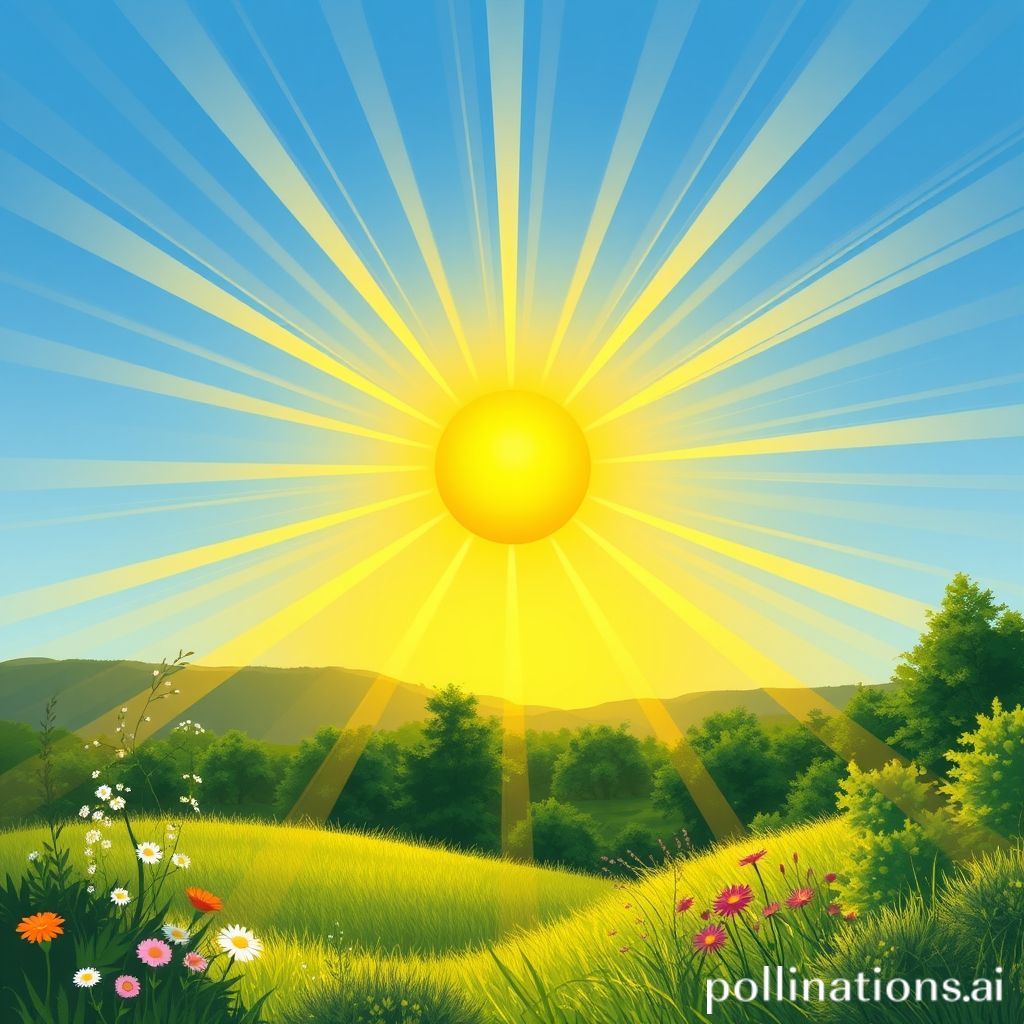
Summer solstice: What to know about the longest day of the year
Summer Solstice: Unveiling the Magic of the Longest Day
Hey there sun chasers! Ever feel like summer days are just fleeting moments of sunshine? Well, get ready to celebrate the ultimate sun-soaked day of the year: the summer solstice! It's more than just a long day; it's a celestial event rich with history, traditions, and a whole lot of sunshine. Let's dive in and explore everything you need to know about this magical time.
What Exactly is the Summer Solstice?
At its core, the summer solstice marks the moment when the sun reaches its highest point in the sky, as seen from the Northern Hemisphere. This happens because the Earth is tilted on its axis, and during the summer solstice, the Northern Hemisphere is angled most directly towards the sun. This alignment gifts us with the most daylight hours of the entire year.
Technically, the solstice is a specific moment in time, but the term is often used more loosely to refer to the day on which it occurs. In 2024, the summer solstice falls on June 20th. After this day, the days gradually start getting shorter again, leading us towards autumn and winter. But let's not think about that just yet; let's soak up the summer vibes!
The Science Behind the Sunshine
So, why does the solstice happen? It all boils down to Earth's tilt of 23.5 degrees on its axis. Throughout the year, different parts of the Earth receive the sun's direct rays for varying lengths of time. During the summer solstice in the Northern Hemisphere, we are tilted towards the sun, resulting in longer days and shorter nights. In the Southern Hemisphere, it's the opposite; they experience their winter solstice.
Think of it like this: imagine shining a flashlight on a globe. If you tilt the globe, one part will be more brightly lit than the other. That's essentially what's happening with the Earth and the sun.
Cultural Significance: Celebrating the Sun's Power
The summer solstice has been celebrated for millennia across various cultures. Many ancient civilizations recognized the sun's life-giving power and marked the solstice with rituals, festivals, and feasts.
Stonehenge: This prehistoric monument in England is perhaps one of the most famous solstice sites. It's believed that the stones were aligned to mark the sunrise on the summer solstice.
Midsummer in Scandinavia: In Scandinavian countries, Midsummer is a major celebration. People light bonfires, dance around maypoles, and enjoy festive meals. It's a time for community, joy, and embracing the long days.
Ancient Egypt: The ancient Egyptians celebrated the summer solstice as the start of the new year and honored the sun god Ra.
Solstice Traditions Around the World
Across the globe, many traditions are celebrated, like building bonfires, dancing, feasting, and the wearing of flower crowns. Here is a comparison:
| Tradition | Description |
| : | : |
| Bonfires | Symbolize the sun's power and are believed to ward off evil spirits. |
| Flower Crowns | Worn as symbols of fertility, beauty, and the abundance of nature. |
| Maypole Dancing | Celebrates fertility and the return of spring and summer |
| Feasting | Sharing traditional foods, reflecting appreciation for the harvest to come and abundance in life. |
How to Celebrate the Summer Solstice
Want to make the most of the longest day of the year? Here are a few ideas:
Spend Time Outdoors: Go for a hike, have a picnic, or simply relax in your backyard and soak up the sunshine.
Attend a Solstice Celebration: Many communities host festivals or events to mark the summer solstice. Check your local listings to see what's happening near you.
Connect with Nature: Plant flowers, tend to your garden, or simply appreciate the beauty of the natural world.
Reflect and Set Intentions: The solstice is a time of transition and new beginnings. Take some time to reflect on your goals and set intentions for the months ahead.
Host a Bonfire: Gather friends and family, light a bonfire, and enjoy an evening of storytelling, music, and laughter.
The Summer Solstice and Our Place in the Cosmos
The summer solstice is a powerful reminder of our connection to the natural world and the rhythms of the universe. It's a time to appreciate the sun's life-giving energy, celebrate the abundance of summer, and reflect on our place in the cosmos.
For me, the summer solstice has always felt like a moment to pause, breathe, and appreciate the simple beauty of life. It's a reminder that even as the days begin to shorten, the warmth and light of summer will stay with us, fueling our spirits and inspiring us to embrace each day with joy and gratitude. So, this summer solstice, take a moment to bask in the sunshine, connect with nature, and celebrate the magic of the longest day of the year.

0 Comments:
Post a Comment